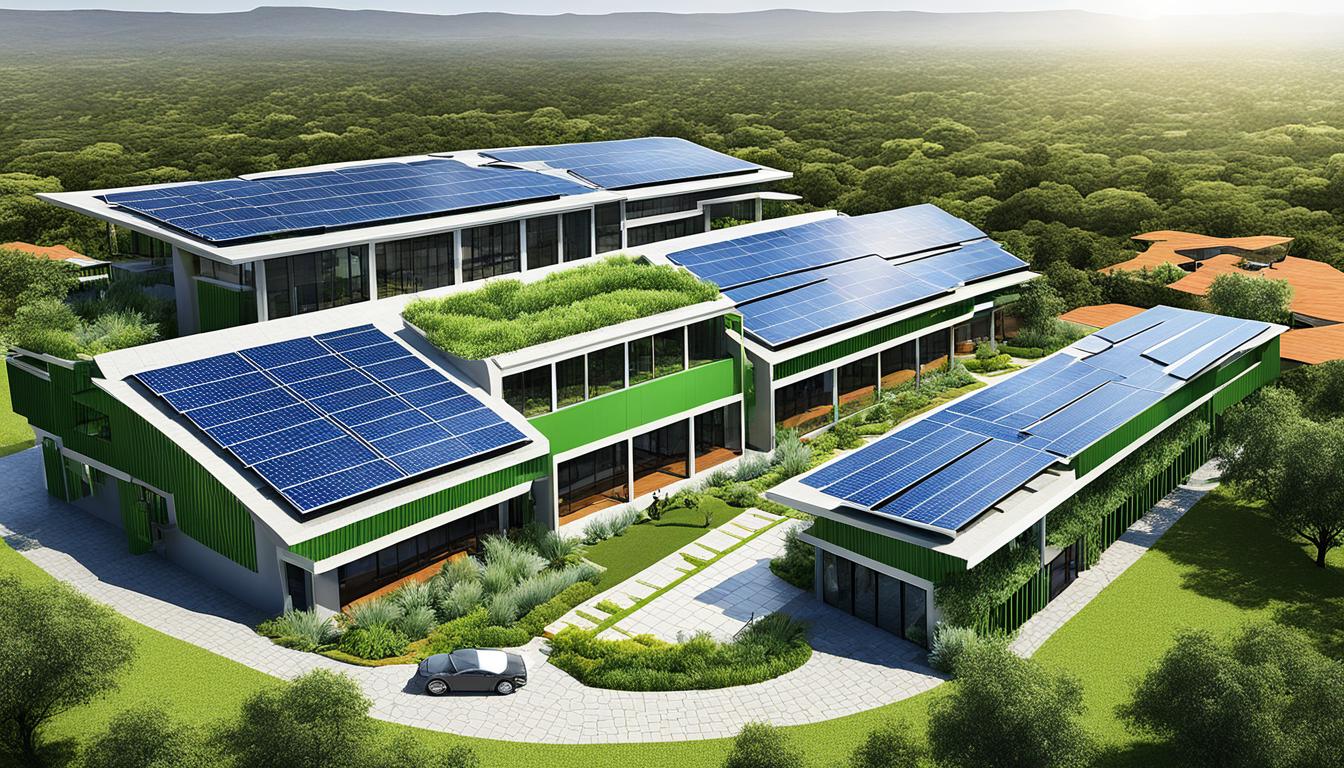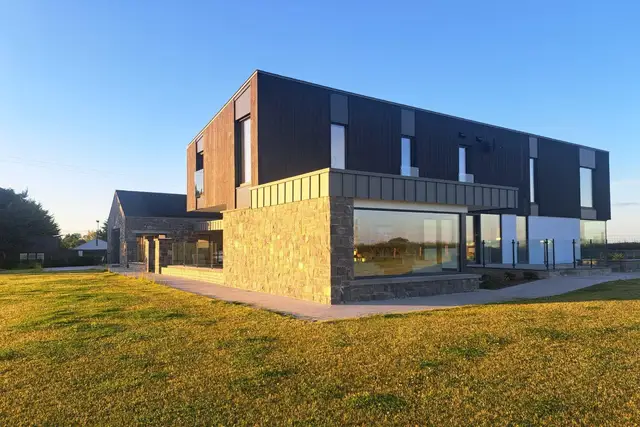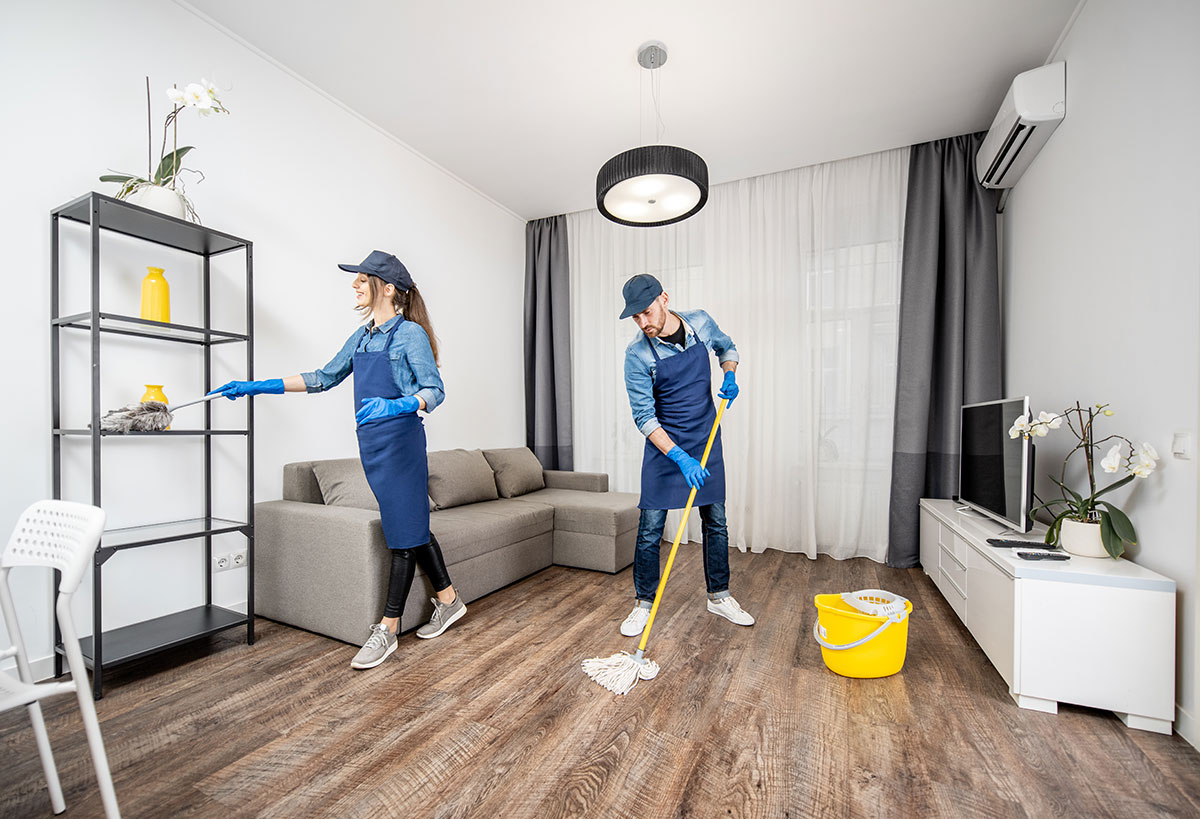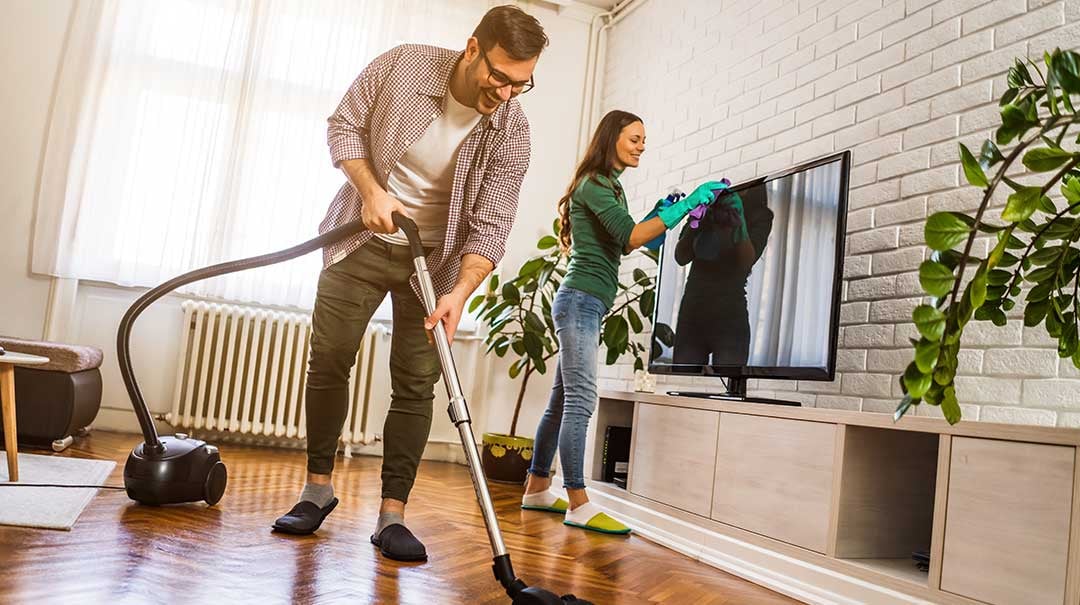In recent years, the concept of a passive house has gained significant traction among homeowners and real estate developers seeking to create energy-efficient and sustainable homes. These homes are designed to maintain a comfortable indoor environment with minimal energy consumption. In this article, we will delve into various passive house design tips that can help you achieve a more sustainable and efficient living space.

Understanding the Passive House Concept
The passive house standard is a rigorous, voluntary standard for energy efficiency in a building, which reduces its ecological footprint. It results in ultra-low energy buildings that require little energy for space heating or cooling. The ultimate goal is to create a building that is truly energy-efficient, comfortable, affordable, and ecological at the same time.
Key Principles of Passive House Design
There are several principles that form the foundation of passive house design:
- Thermal Insulation: High-quality insulation is essential to reduce heat loss and maintain a consistent indoor temperature.
- Airtight Construction: Minimizing air leaks prevents heat loss and ensures that the indoor environment remains comfortable.
- Advanced Window Technology: Triple-glazed windows with low-emissivity (low-e) coatings help to reduce heat loss and gain.
- Mechanical Ventilation with Heat Recovery: This system ensures a continuous supply of fresh air while recovering heat from the outgoing air.
- Minimized Thermal Bridging: Reducing or eliminating thermal bridges helps maintain consistent temperatures and improve overall efficiency.
Passive House Design Tips for Homeowners
For homeowners looking to incorporate passive house design elements into their homes, here are some practical tips:
Site Selection and Orientation
Choosing the right site and orienting your home properly can significantly impact its energy efficiency. Consider the following when selecting a site:
- Maximize southern exposure to take advantage of passive solar heating.
- Use natural topography and existing vegetation to provide windbreaks and shade.
Proper orientation also allows for effective use of natural daylight, reducing the need for artificial lighting and improving indoor comfort. For more insights on passive house design ideas, you can visit this site.
Optimizing Insulation
High-quality insulation is a cornerstone of passive house design. It helps maintain a stable indoor temperature by reducing heat loss and gain. Consider using materials with high R-values and ensure they are properly installed to avoid gaps and thermal bridges.
Advanced Window Technology
Windows play a crucial role in a home’s energy efficiency. Selecting the right type of windows can significantly reduce heat loss. Triple-glazed windows with low-e coatings are recommended for passive houses. Additionally, ensure that windows are well-sealed to prevent air leakage.
Ventilation Systems
A high-quality mechanical ventilation system with heat recovery is essential for maintaining indoor air quality while minimizing energy consumption. These systems extract stale air and bring in fresh air, all while recovering heat from the outgoing air, thus reducing the need for additional heating.
Challenges in Passive House Design
While implementing passive house design principles offers numerous benefits, there are also challenges to consider:
- Initial Costs: The upfront costs for passive house components can be higher than traditional construction. However, long-term savings on energy bills often offset these initial expenses.
- Technical Expertise: Designing and constructing a passive house requires specialized knowledge and skills. It’s crucial to work with experienced architects and builders who understand the principles of passive house design.
Benefits of Passive House Design
Despite the challenges, there are numerous benefits to adopting passive house design principles:
- Energy Efficiency: Passive houses consume significantly less energy than traditional homes, leading to lower utility bills and reduced environmental impact.
- Comfort: Consistent indoor temperatures and superior air quality contribute to a more comfortable living environment.
- Sustainability: By reducing energy consumption and reliance on fossil fuels, passive houses contribute to a more sustainable future.
To learn more about common mistakes to avoid in energy-efficient homes, visit this link.
Implementing Passive House Design in Existing Homes
For those looking to retrofit their existing homes with passive house design elements, here are some strategies:
Improving Insulation
Enhancing the insulation in walls, roofs, and floors can significantly improve your home’s energy efficiency. Consider using environmentally friendly materials such as cellulose or recycled denim.
Upgrading Windows
Replacing old, inefficient windows with triple-glazed, low-e windows can greatly reduce heat loss. Ensure that windows are properly installed and sealed to prevent air leakage.
Enhancing Ventilation
Installing a mechanical ventilation system with heat recovery can improve indoor air quality while minimizing energy consumption. This system will help maintain a healthy living environment, even in older homes.
Sealing Air Leaks
Identifying and sealing air leaks in your home is crucial for maintaining a consistent indoor temperature and reducing energy costs. Focus on areas around windows, doors, and other openings.
Conclusion
Incorporating passive house design tips into your home can lead to significant improvements in energy efficiency, comfort, and sustainability. By understanding the principles of passive house design and implementing these strategies, you can create a home that is both environmentally friendly and cost-effective. Whether you’re building a new home or retrofitting an existing one, the benefits of passive house design are well worth the investment.
For more information on sustainable building practices, check out this resource.

FAQs
What is a passive house?
A passive house is a building designed to be highly energy-efficient, using minimal energy for heating and cooling while maintaining a comfortable indoor environment.
How much can I save with a passive house?
On average, passive houses consume about 90% less energy for heating compared to traditional homes, resulting in significant savings on energy bills.
Can existing homes be retrofitted to passive house standards?
Yes, existing homes can be retrofitted with passive house design elements, such as improved insulation, upgraded windows, and enhanced ventilation systems, to achieve greater energy efficiency.
This article contains affiliate links. We may earn a commission at no extra cost to you.




